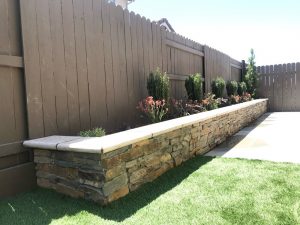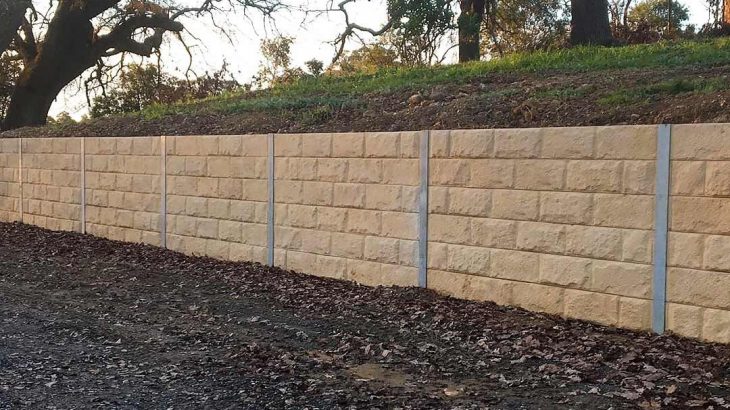Retaining Walls are usually made from concrete, but you can find different kinds that are currently used and as such there’s a great deal of difference between them as well. They supply an excellent solution when you need to keep soil in front of your building or home and also once you need to protect a financial institution or other structure from the effects of the ground water which may be present. You’ll find these walls offered in various forms, all with different benefits.
Install Concrete Retaining Walls With the Hybrid Systems
Retaining Walls which are made from cast iron have existed since the latter part of the 19th century. In terms of strength they are extremely great, but this material will rust over time and that is why steel was used in its place. Cast iron hybrid systems are often fairly rigid retaining walls and also used for encouraging dirt in front of a structure so that it’s retained in different levels on both sides.
Install Concrete Retaining Walls With the Hybrid Systems
You will often find a blend of steel and concrete in these constructions, which can be then known as segmental retaining walls. Additionally, it may occur that you will see a mix of those materials and either blocks or stone facing the building. Segmental designs may include the traditional kind of rectangular blocks with an open shirt. On the other hand, the cubes can also have a sloping top and there is an choice to get what is called a sloping shirt without incline.
If you’re going to construct a retaining wall, it is a good idea to go for treated timbers. This is because this substance will not bear the effect of the components and the soil psychologist is going to be held in place. These tend to be made in a variety of colors and each has a distinct texture to it. The most common color options for these materials are tan, sand or white. You will also find this construction material will be very durable and powerful.
- Normally, if you are building retaining walls, then you will need to use numerous substances. This may incorporate floor joists, floor decking, lintels, wall studs, wall plates, headroom and floor drainage. Floor joists are located between the floor and the first floor level. For the floor decking, then you can use either concrete blocks or treated timbers. For the wall studs and the wall plates, you should use either cement or treated timbers.
With regard to the drainage, you want to construct in a series of steps in the bottom floor degree. First, you’ve got the first floor drain after which a succession of levels that result in the hydrostatic pressure boat. These drain pipes will remove any water which can collect and can eventually lead to flooding. The hydrostatic pressure will build up against the retaining wall and create immunity to the motion of the earth. This will prevent the soil from going and creating strain on the walls.
So far as the building of crib retaining walls is worried, you may use the traditional way of constructing this type of wall. However, there are several benefits related to building them using granular materials. These include reduced costs, reduced risks of damage to structures, enhanced stability, reduction of maintenance and also the higher strength. The first two advantages are more significant than the third one. The decreased risks of damage to structures is primarily associated with reduced lots and slip angles. By increasing the equilibrium, you also reduce the probabilities of the wall collapsing.
Now, let us move on to the particulars of installing the hybrid systems for Retaining Walls. Installing the hybrid systems for Retaining Walls requires the exact same ability that’s used for installing concrete slabs. It requires anchor and nail installation. But when it comes to nailing the wall, then you will call for concrete nailing and netball nailing. To get wetwall nailing, you require a drill, trowel and wooden float. However, for nailing the nogrow or the concrete slab, you require a hammer, chisel and concrete nailing tool.

